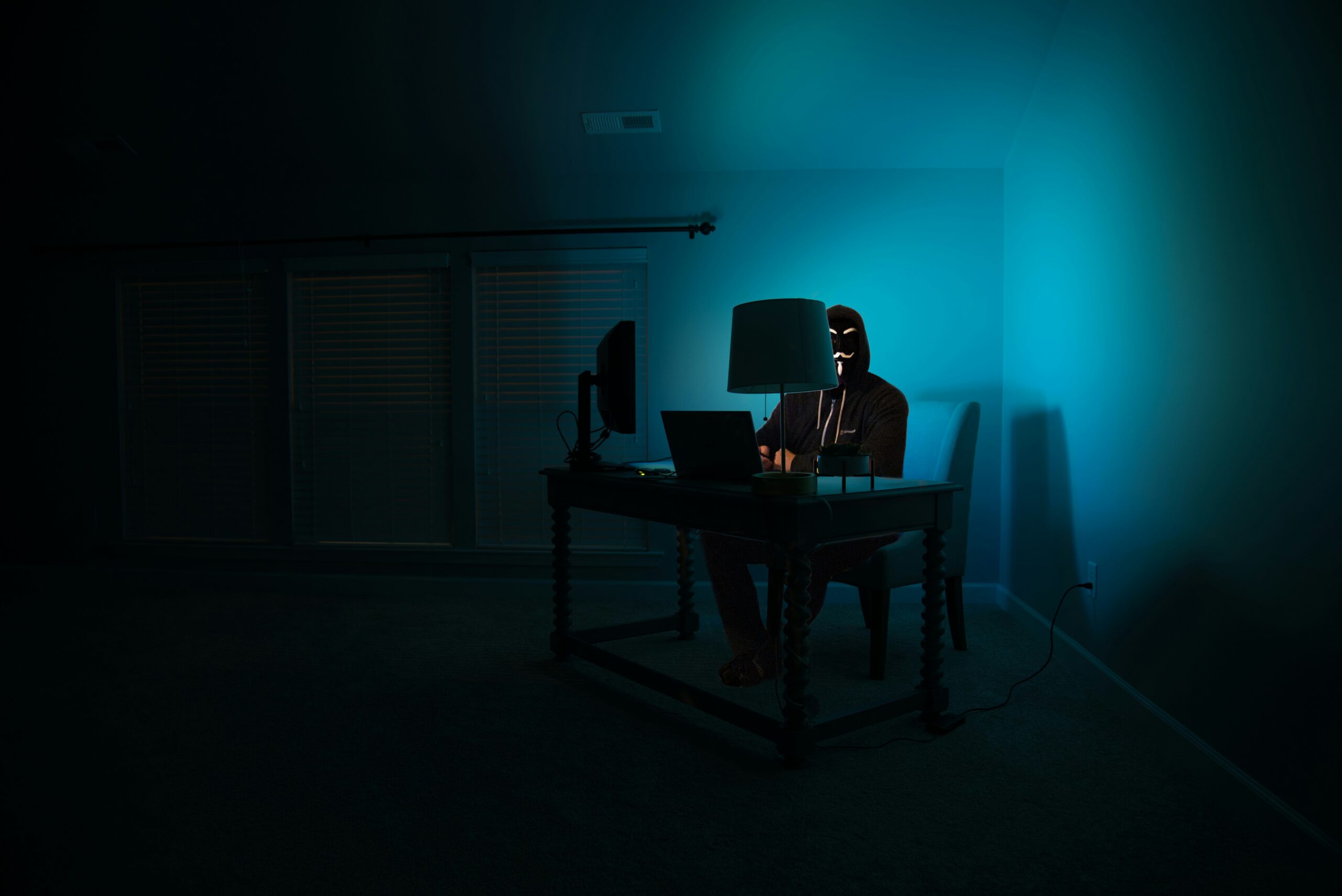In the last few years US patentability standards have remained unclear, and in some cases, become even more confusing. With the November election looming, a lame duck session following, and the signing of the TPP a few months prior, now is the time to act and resolve this uncertainty. With such an uncertain market, patent applicants and holders alike are left with lack of motivation to invent, and fear for the protection of their inventions, which they spent so much time and money to invent and protect.
The complication of patentable subject matter under 35 USC §101 began over six years ago under Bilski v. Kappos.[1] With Bilski, the Court almost eliminated business method patents, and nearly overturned the previous “useful, concrete, and tangible result” test from State Street Bank.[2] The Bilski case left in-tact the machine-or-transformation test, while also limiting it as only one method in determining patentability of a process. By not defining what constitutes a transformation, and not leaving practitioners with a clear test to apply, Bilski left a lot of questions unanswered.
In 2012, Mayo[3] made its way to the Supreme Court, once again asking for the Court’s input on patentability, except this time in the diagnostic method context. Mayo laid a new two-part test for determining patentability: first, is the patent directed to a patent ineligible concept?[4] If the patent is directed to a patent ineligible concept–such as an abstract idea–then there is a question of whether the claims contain significantly more than just the patent ineligible concept.[5] With this test, diagnostic method patents became very hard to obtain or uphold as valid, leading to much invalidity litigation for patents once thought to be well protected. As for the Mayo test’s applicability to other types of patents and future use of the test, the Supreme Court once again remained silent.[6]
The next patentability case came to the Supreme Court only a year later, but did not offer any real tests going forward. Ass’n for Molecular Pathology v. Myriad Genetics, Inc.,[7] drew a patentability line on gene patents, holding naturally occurring DNA patents ineligible while declaring non-naturally occurring DNA patents eligible. The Court left open the question of patentability for alterations of generic materials, or methods involving generic materials.[8] Despite this categorical distinction added to patentability, no real test was endorsed, and confusion remained in the patent community.
Unfortunately, the Court’s most recent attempt to clarify what constitutes patentable subject matter did not help to clarify things, and struck a critical blow to software and business method patents. The case was Alice Corp. v. CLS Bank Int’l,[9] and it led to what many consider the US Supreme Court’s “ . . . most impactful decision of the 2013-2014 term.”[10] Alice invalidated the financial software patents at issue, and proved to practitioners that the Mayo Test would apply to patent eligibility questions going forward.[11] Furthermore, the Court found that mere recitation of well-known financial principles on a generic computer is not enough to transform an abstract idea into a patent eligible concept.[12] As litigation sprung across the country, patent holders saw wide-spread invalidation of software and business method patents.[13] In 2014, the USPTO released a set of “Interim Guidelines for Subject Matter Eligibility,”[14] which attempted to incorporate the language of Alice and other prior Court decisions into an examiner’s patentability analysis. With these new guidelines came a widespread rejection of new business method, software, and particularly, financial software patent applications under 35 USC §101. With this added confusion, Courts continued to struggle to find any patents of this type valid,[15] until DDR Holdings, LLC v. Hotels.com,[16] in which patents directed at solving Internet based challenges were found to be valid, despite being used by a business. This case premised itself by narrowing its own scope, and making sure the patentability analysis was very fact specific to its case.[17]
This case may have at least in part helped prompt the 2015 USPTO Update on Patentability Guidelines,[18] which in turn helped calm the patent market. It was no longer near impossible to get a business method or software patent, and the USPTO even provided examples of patent ineligible ideas v. patent eligible ones. Despite this, the view in the courts seemed less optimistic, with widespread invalidation of these patents still occurring.
The courts finally found another exception to invalidity in Enfish v. Microsoft.[19] Enfish found software patents to be non-abstract, essentially skipping the 2nd prong of the Mayo test, since “Software can make non-abstract improvements to computer technology . . . .”[20] Although this improved the outlook for patents of this type, this was not the golden key to patentability that many hoped for, as it was caveated by TLI Communications v. AV Auto.[21] TLI again invalidated patents of this variety, finding what the court called patents comprising classifying and storing digital images, to be abstract ideas without an added inventive concept to transform the abstract ideas into patentable inventions.[22] In order to clarify the apparent sharp contrast between the two cases, the USPTO again issued Updated Subject Matter Guidelines, and even a memo discussing the two cases.[23] Viewing the discussion in the memo comparing the cases, there may still be a door to patentability via Enfish, despite being somewhat narrowed following the TLI case.
The final case worth mentioning is Rapid Litigation v. CellzDirect,[24] in which a distinction was drawn between laws of nature and methods involving those laws of nature. The patents for freezing a class of liver cells was found to be patent eligible. The material in the claims was not directed to a patent ineligible concept of the liver cells surviving a freezing and thawing process, but rather to the inventive process of performing this action itself.[25] Again the USPTO issued a memo outlining its views on this case, and a related Sequenom v. Ariosa case.[26]
Despite all of this recent litigation, the patentable subject matter question remains unclear. In particular, software and business method patents are still in limbo, and diagnostic methods seem to be currently patent ineligible. As for the USPTO, they are currently seeking further input from the public on patent subject matter eligibility.[27] The USPTO will host two round-table discussions, one in November and one in December, in order to discuss these issues.[28] Determining patentable subject matter is a major issue that must be resolved in order to keep the patent system intact, and keep the US as a world leader in patent law and innovation. With the current state of things, people such as David Kappos, ex-director of the USPTO, have gone so far as to call upon Congress to completely repeal 35 USC §101.[29] Since the courts and the USPTO have been attempting to define patentable subject matter, it may be time for Congress to add their input to the discussion. The lame duck session following the November election may provide this opportunity. Traditionally, the lame duck session has provided opportunity for controversial issues to be raised, and increasingly, Congress is relying more heavily upon this period, as accountability is traditionally lower at this time.[30]
Now, while a complete repealing of 35 USC §101 may be an extreme measure, a reexamination of the language of the statute is not so extreme. Perhaps the US can look to broaden the patentability standard by taking some of the broader patentability language from the Trans-Pacific Partnership, which the US signed in February of 2016.[31] Member countries were given two years to implement domestic laws implementing TPP policy. Even if Congress cannot come to terms with the TPP, they may still be able to enumerate a test within a statute, or broaden the language of 35 USC §101, eliminating some of the confusing judicially created exceptions to patentability. With all of these factors happening in the next couple of years, now is the time to act and bring more certainty to the patentability doctrine.
Ryan Thorne is a second-year law student at Benjamin N. Cardozo School of Law and a Staff Editor of the Cardozo Arts & Entertainment Law Journal. He has an electrical engineering background and is looking forward to a career in patent litigation and prosecution after graduation.
[1] Bilski v. Kappos, 561 U.S. 593 (2010).
[2] State St. Bank & Trust Co. v. Signature Fin. Group, Inc., 525 U.S. 1093 (1999).
[3] Mayo Collaborative Services v. Prometheus Laboratories, Inc., 132 S.Ct. 1289 (2012).
[4] Id. at 1293–95.
[5] Id. at 1294.
[6] See generally id.
[7] Ass’n for Molecular Pathology v. Myriad Genetics, Inc., 133 S. Ct. 2107 (U.S. 2013)
[8] Id. at 2119–20.
[9] Alice Corp. v. CLS Bank Int’l, 134 S. Ct. 2347 (2014).
[10] Kevin R. Casey & Kevin B. Anderson, The Supreme Court’s six-pack of patent cases, 27.3 Intell. Prop. & Tech. L. J. 9, 9–13 (2015).
[11] Jesse Adland, Alice Corp v. CLS Bank International: challenges in identifying patentable subject matter, 26.12 Intell. Prop. & Tech. L. J. 20, 20–24 (2014).
[12] See generally Alice Corp. v. CLS Bank Int’l, 134 S. Ct. 2347 (2014).
[13] See Where Do We Stand One Year After Alice?, Law360 (June 17, 2015, 8:27 PM), http://www.law360.com/articles/668773/where-do-we-stand-one-year-after-alice.
[14] https://www.uspto.gov/patent/laws-and-regulations/examination-policy/2014-interim-guidance-subject-matter-eligibility-0.
[15] See, e.g., https://www.uspto.gov/sites/default/files/documents/ieg-july-2015-app3.pdf.
[16] DDR Holdings, LLC v. Hotels.com, L.P., 773 F.3d 1245 (Fed. Cir. 2014).
[17] See generally id.
[18] https://www.uspto.gov/patent/laws-and-regulations/examination-policy/2014-interim-guidance-subject-matter-eligibility-0.
[19] Enfish, LLC v. Microsoft Corp., 822 F.3d 1327 (Fed. Cir. 2016).
[20] Id. at 1335.
[21] TLI Communs. LLC v. AV Auto., L.L.C. (In re TLI Communs. LLC Patent Litig.), 823 F.3d 607 (Fed. Cir. 2016).
[22] See generally id.
[23] https://www.uspto.gov/sites/default/files/documents/ieg-may-2016_enfish_memo.pdf.
[24] Rapid Litig. Mgmt. v. CellzDirect, Inc., 827 F.3d 1042 (Fed. Cir. 2016).
[25] Id. at 1050.
[26] https://www.uspto.gov/sites/default/files/documents/memo_rlm-sequenom.pdf.
[27] Dennis Crouch, USPTO Seeks Further Public Input on Patent Subject Matter Eligibility, PatentlyO (October 14, 2016), http://patentlyo.com/patent/2016/10/further-subject-eligibility.html.
[28] https://s3.amazonaws.com/public-inspection.federalregister.gov/2016-24888.pdf.
[29] Daniel Cole, Should Section 101 of the Patent Act be Removed, IPWatchdog (June 23, 2016), http://www.ipwatchdog.com/2016/06/23/section-101-patent-act-removed/id=70230/.
[30] James Wallner & Paul Winfree, The Implications of Regular Lame-Duck Sessions in Congress for Representative Government, Heritage, http://www.heritage.org/research/reports/2016/09/the-implications-of-regular-lame-duck-sessions-in-congress-for-representative-government.
[31] Trans Pacific Partnership trade deal signed in Auckland, BBC (Feb. 4, 2016), http://www.bbc.com/news/business-35480600.



